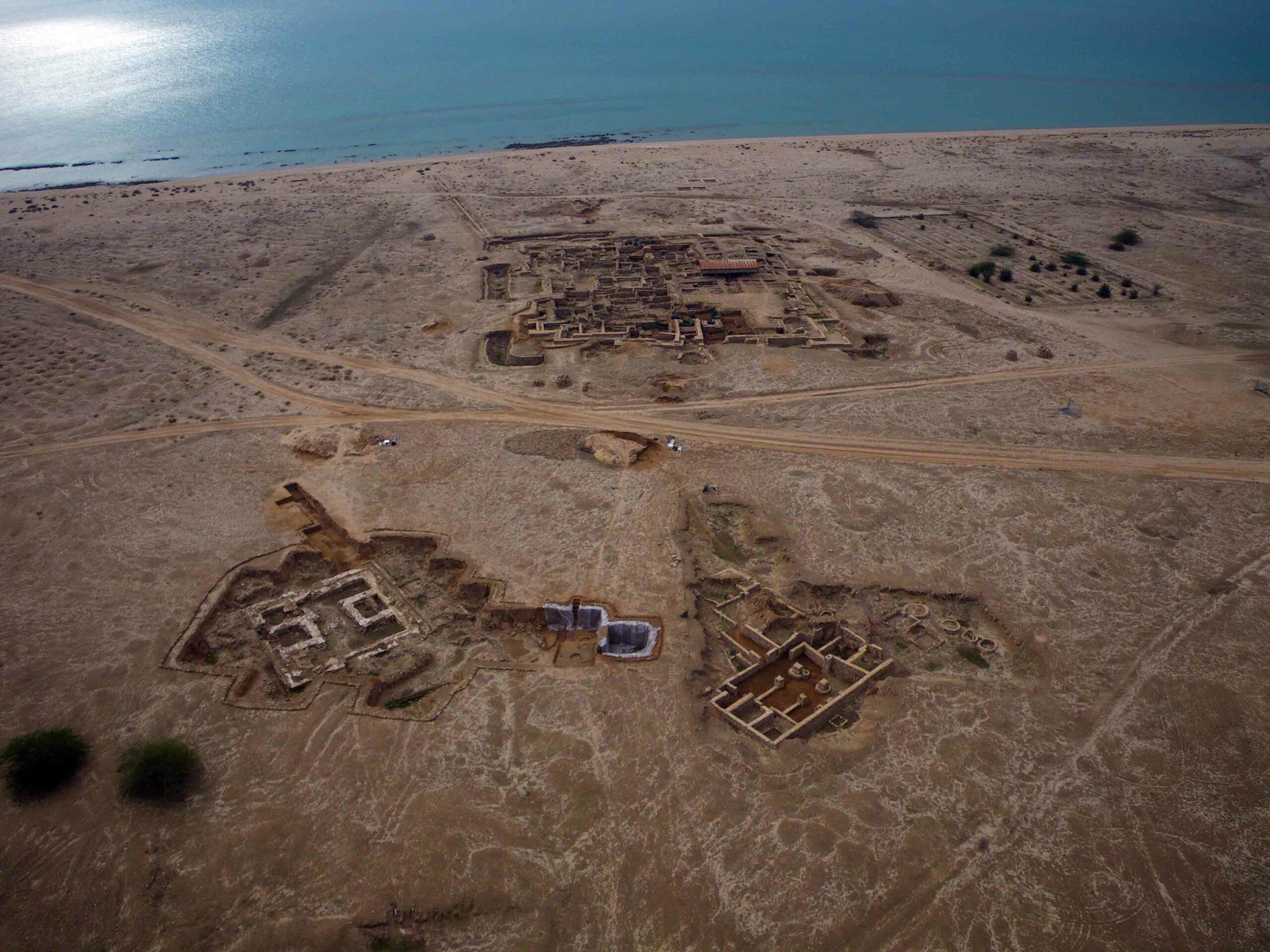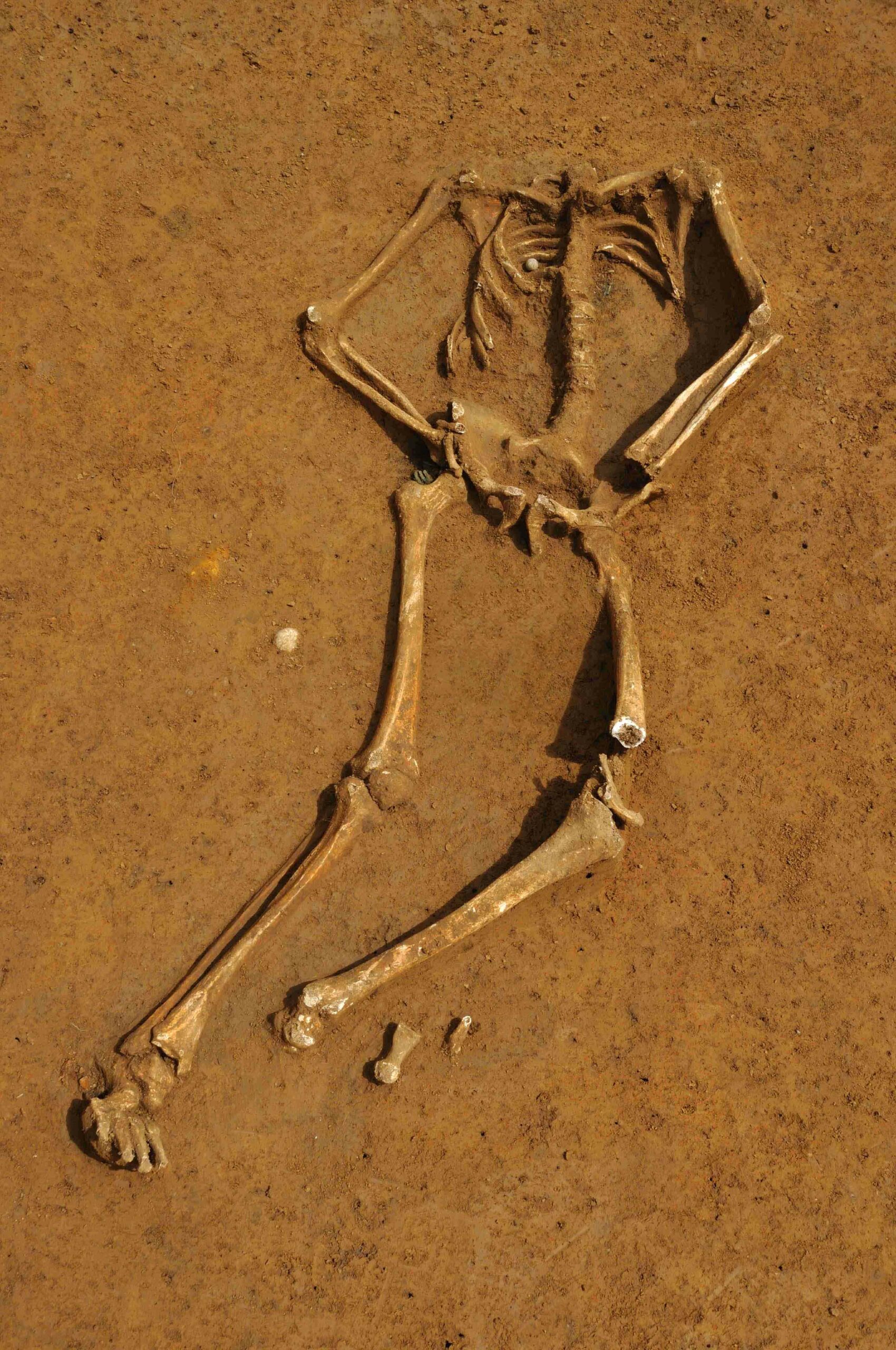
READING, ENGLAND—Evolutionary theorist Mark Pagel of the University of Reading thinks that many of today’s languages could share a common ancestor language dating back 15,000 years. He and his colleagues built a statistical model to predict how long a particular word may have remained in use. Based upon Indo-European words with similar sounds and meanings, the model only takes the frequency of the word’s use and its part of speech into account—not its sound, which has traditionally been employed to reconstruct “protowords.” The new model predicts that most words have a 50 percent chance of being replaced every 2,000 to 4,000 years, but very common words, including some pronouns and numerals, can last for 10,000 or even 20,000 years. “The model hints at a group of people living somewhere in Southern Europe as the glaciers were receding, speaking a language that might resemble those spoken today. It’s astonishing that spoken language can be transmitted through millennia with enough fidelity to give us information about our early history,” he said.










